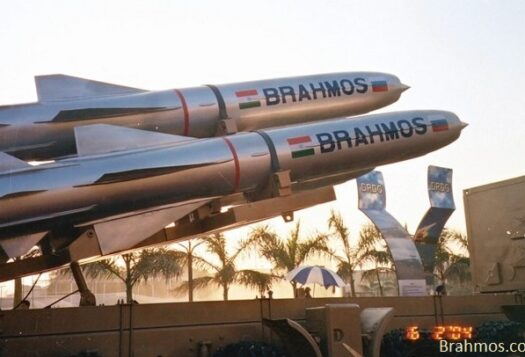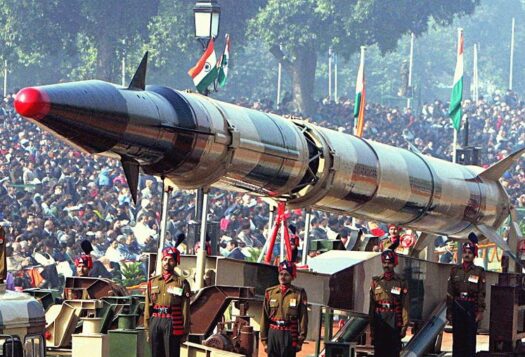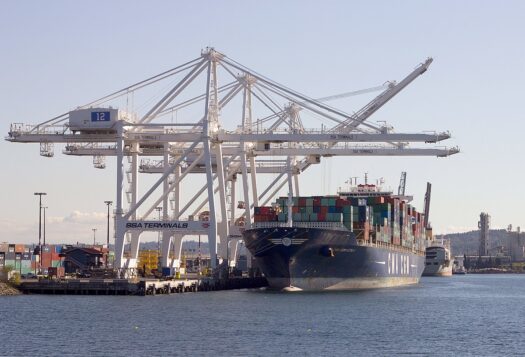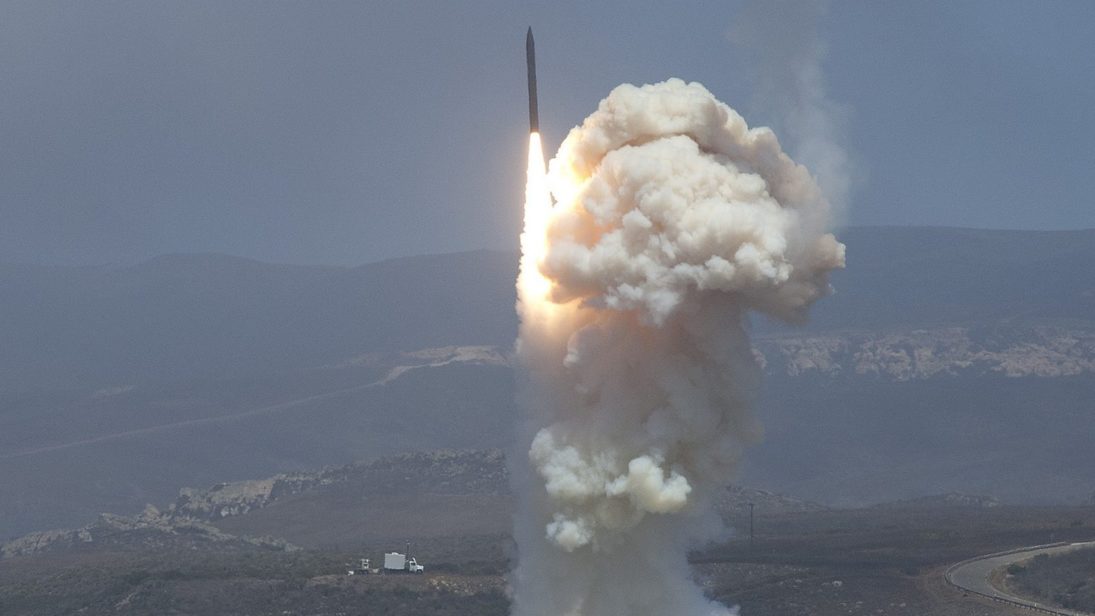
Editor’s note: This is the second piece in South Asian Voices’ review series of the Off Ramps Initiative, a Stimson Center project that examines the trilateral nuclear arms race between China, India, and Pakistan and proposes innovative ideas to decrease nuclear dangers in Southern Asia. Each author in this three-part series will review an Off Ramps proposal and offer a critique as to the proposal’s viability and impact it could have on nuclear deterrence in the region. Read the entire series here.
In his Stimson Center Off Ramps proposal, Happymon Jacob proposes a new, trilateral treaty to limit the development of Ballistic Missile Defense (BMD) systems in three Asian nuclear weapons states: India, Pakistan, and China. The proposed treaty would be designed along the lines of the Anti-Ballistic Missile (ABM) Treaty of 1972 between the United States and the Soviet Union. According to Jacob, the ABM treaty stabilized deterrence between the two super powers based on the counter-intuitive logic of mutually assured destruction.
Using this historical precedent, Jacob proposes a treaty with formal and legally binding stipulations to limit the establishment of BMD systems to two geographic sites in each country. Ideally, the states would abstain from developing, testing, or deploying sea, air, land, space, or mobile BMD systems beyond what is permitted by the treaty. The number of missile interceptors would be decided among the parties to the treaty themselves. Furthermore, Jacob’s proposed treaty would prohibit: 1) the transfer of ABM interceptors and radars from outside and within the signatories, 2) improvements to existing non-ABM systems, launchers, and radars in the pursuit of ABM capabilities, and 3) deployment of ABM systems outside the territories of the negotiating parties. The state parties would also establish a joint commission to verify compliance and modalities to dismantle their systems.
Jacob rightly argues that it is high time to advance “out of the box” thinking to promote South Asian deterrence stability through cooperation, not confrontation. While Jacob’s proposed treaty is ambitious, he is also clear-eyed about the challenges facing such a proposal. First, the trust deficit among the parties means that establishing the proper verification processes for such a treaty will be difficult. Second, China’s reluctance to participate in any negotiations with India over nuclear issues dims the prospects of a negotiated treaty. Finally, BMD systems represent significant financial burdens on all three developing states. Defense planning organizations, like India’s Defence Research and Development Organization, have not learned from history’s lesson in how escalating arms races eventually drain economies of resources, as witnessed in the case of the Soviet Union. Unfortunately, India and Pakistan have yet to internalize how negotiations and treaties can contribute to internal economic and strategic stability.
While Jacob proposes an ambitious and creative solution to the trilateral arms race related to BMD in Southern Asia, there are several important reasons such a proposal remains idealistic and abstract. Namely, Jacob fails to sufficiently take into account the dissimilarity of the potential negotiating parties in his Asian ABM treaty. In particular, it is evident that Jacob’s proposal offers no roadmap to bring China into his proposed regional framework. Without outlining under what conditions or with what incentives these parties would come to the table, Jacob’s proposal remains a creative, but idealistic concept.
Cold War model not applicable to Southern Asia
Even for staunch believers in nonproliferation, one key question emerges in analyzing Jacob’s piece through the prism of realist international relations theory: why should these countries care about a trilateral ABM treaty? Even while supporting the spirit of the treaty, it is unclear how Jacob’s proposal would appeal to his intended audience, namely the security and foreign policy establishment in each country. Have the three countries reached a technological maturation point that would incentivize them to enter into a treaty of this kind? Is there a cooperative political atmosphere on this issue that would nurture such an arms control idea? Why is the ABM treaty of the 1970s a convincing model for the Asian context, which involves three nuclear weapon states with very different threat perceptions, motivations for acquiring nuclear capabilities, and geographic circumstances than the two superpowers of the Cold War?
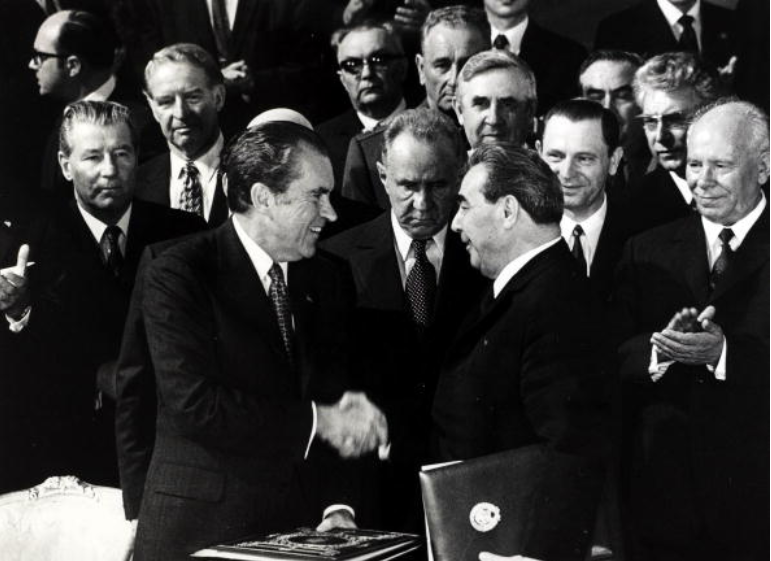
As such, it is difficult to be fully convinced that repeating the initiatives used during the Cold War will work when applied to three highly dissimilar parties. Indeed, it is a problematic feature of the nonproliferation field that many researchers constantly turn to the Cold War model for answers to deterrence questions in Southern Asia. The dilemmas of the first nuclear age were entirely different—and more straightforward—from what we experience now in the second nuclear age. Therefore, we need new ways of thinking to open up opportunities for deescalation, rather than constantly turning to the 20th century for answers.
It is important to remember that states enter into treaties because they find incentives to cooperate. Only then are states willing to bear the bureaucratic and domestic political cost to enforce treaty mechanisms, including aligning missions of various agencies impacted by aspects of the treaty. In analyzing Jacob’s argument, there is no clear incentive for each of the three state parties to participate in an Asian ABM negotiation process at this time.
National security and bureaucratic interests support BMD development
Jacob ascribes a portion of India’s rationale for BMD systems to the threat of a “rogue launch of nuclear weapons, either by insiders within the Pakistan army or terror outfits.” What Jacob fails to explain, however, is that if India’s desire for BMD stems from the threat of a rogue launch, why exactly would India pursue a treaty with state actors that leaves India vulnerable to the non-state threat? Namely, if India’s acquisition for BMD is such an essential component of its deterrence strategy, what is India’s incentive to become part of an Asian ABM treaty?
Another hurdle Jacob does not consider in his argument is the fact that the Indian and Pakistani scientific and defense establishments are unlikely to support a trilateral ABM treaty that limits their influence and opportunities for research. Jacob does not provide any suggestions as to how such organizations can be incentivized to favor arms control along the lines of an ABM treaty. It is often difficult to convince militaries to accept the counterintuitive logic that less defensive technology would make their respective countries safer.
China’s threat perceptions are also evolving given the extended U.S. presence on the Korean Peninsula following the introduction of the Terminal High Altitude Area Defense (THAAD) BMD system. This development underscores the difficulty of bringing China into a possible Asian ABM treaty, particularly when China consistently avoids acknowledging India an equal partner or strategic threat to China.
Conclusion
Jacob’s proposal is a good attempt at highlighting the potential gains an Asian ABM treaty would contribute to global nonproliferation. He is also clear-eyed and candid about the challenges such a proposal would face. However, given the dissimilarity of the negotiating parties and the strategic and bureaucratic interests that underwrite each party’s pursuit of BMD, it is important to fully understand the context and motivations of each party before offering policy proposals. Likewise, a trilateral ABM treaty is difficult to consider when China is clearly apprehensive of the United States’ BMD systems in China’s periphery.
As such, Jacob and other nonproliferation scholars should think creatively as to how to dissuade states from further pursuing BMD. One such option could be highlighting the heavy economic burden of operationalizing BMD systems. Similarly, pointing out the vulnerabilities of BMD systems in modern warfare and their potential for failure could be another approach. For countries like India with a limited BMD capability, pressing Indian policymakers to weigh the costs and benefits of BMD might guide it towards arms control and boosting its deterrence in other ways. In sum, until a trilateral AMB treaty becomes an attractive option for each countries’ foreign policy and defense establishments, we will likely not see this option come to fruition.
***
Image 1: U.S. Missile Defense Agency via Flickr.
Image 2: Popperfoto via Getty Images.
